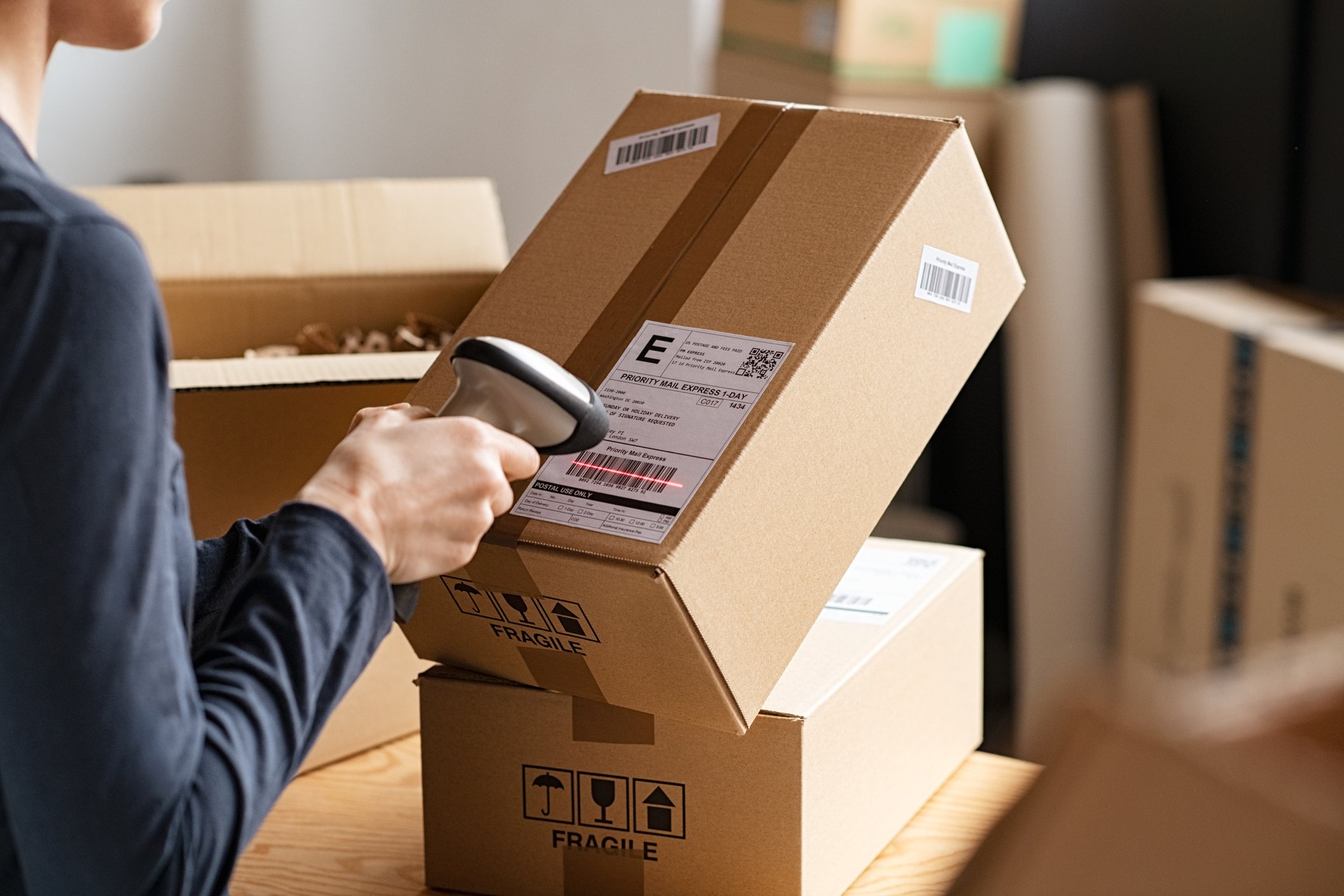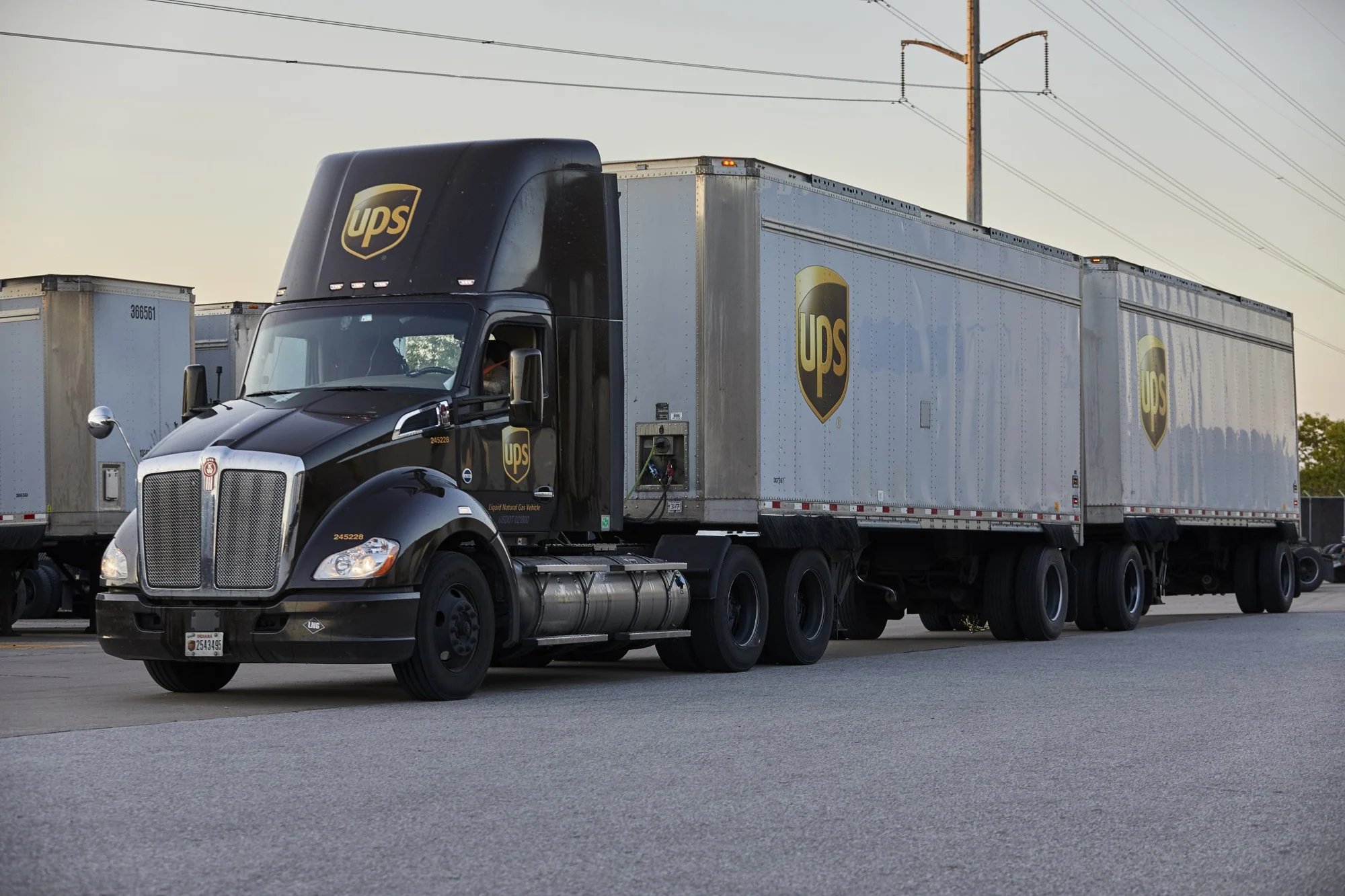What happened
Shares of United Parcel Service (UPS 1.57%) fell 11.6% in January, according to data provided by S&P Global Market Intelligence, with nearly the entire drop occurring in the final days of the month. The culprit was the company's outlook for the year, which raised questions about the company's ability to deliver for investors.
So what
UPS had a much better 2019 than rival FedEx, and generated fourth-quarter results that matched analyst expectations. But the shipping company's 2020 outlook was underwhelming. UPS sees 2020 adjusted earnings of between $7.76 and $8.06 per share, short of the consensus $8.07-per-share estimate, due to expected further slowing of the global economy.

Image source: United Parcel Service.
On a post-earnings call with investors, CFO Brian Newman said UPS is cautious despite the recently announced U.S./China trade agreement, which investors had hoped would boost international shipping and help reverse declines in the global economy.
Our outlook reflects forecasted year-over-year declines in U.S. industrial production and other global softness. However, there is growing optimism due to the recent trade agreements that could move us higher. Another external factor that will affect our results is lower pension discount rates. For this reason, operating profits, specifically in the U.S., will be muted.
Now what
UPS does offer some reason for optimism. Though FedEx and XPO Logistics were hurt in 2019 due to issues with Amazon.com, UPS has been able to maintain a healthy relationship with the e-commerce giant. Amazon's share of total UPS revenue rose to 11.6% in 2019, which UPS said is due in part to its network being able to accommodate Amazon's need for next-day deliveries.
UPS is continuing to invest in its service to small- and medium-sized businesses. That will lead to about $6.7 billion in capital expenditures in 2020, but the company is hopeful the added capacity will make it the shipper of choice for both Amazon and other retailers.
Of course, there is a risk that as Amazon continues to bring its logistics in-house, UPS will eventually face an issue similar to what FedEx experienced in 2019. The bottom line is UPS struck a cautious tone during its late January earnings call. Investors who headed for the sidelines after the results were announced were simply heeding the company's advice.







